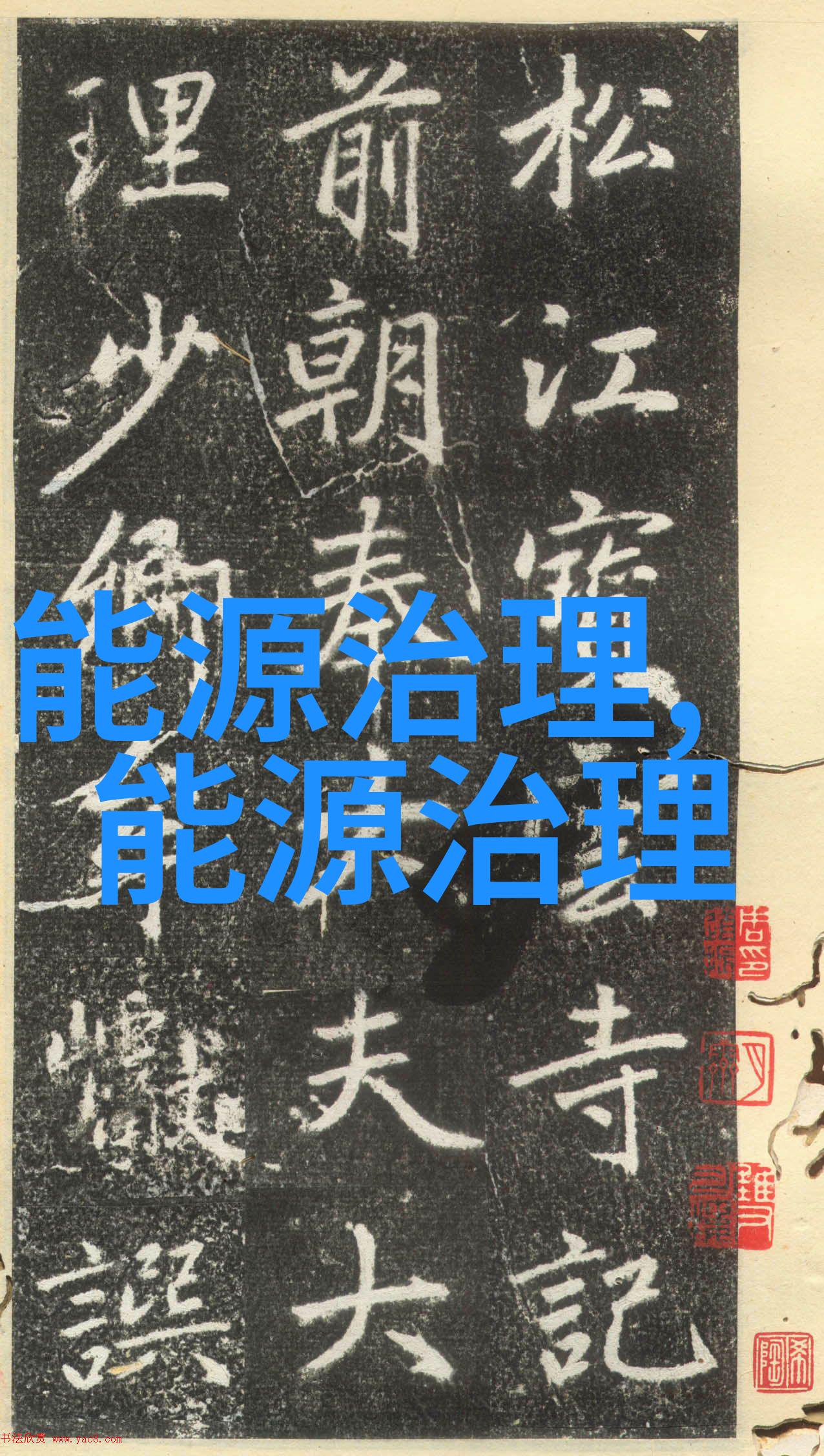日本垃圾分类制度成功提高了资源回收率吗
在全球范围内,环境保护已经成为一个重要的话题。随着人口的增长和消费水平的提高,废弃物产生量也日益增加,这对环境造成了巨大的压力。日本作为发达国家,其垃圾处理问题同样严峻。在此背景下,日本政府推出了垃圾分类制度,以减少无效填埋、降低能源消耗,并促进资源循环利用。

为了探讨这个问题,我们首先需要了解日本现有的垃圾分类体系。截至目前,日本将生活废弃物分为五类:可回收品(纸张、塑料、金属)、燃烧用途(木材、棉花等)、厨余垃圾、土壤和石头,以及其他杂质。这一系统要求居民正确归类并投放到相应的回收容器中。
然而,将这一理论转化为实践并非易事。一方面,由于种种原因,如缺乏教育或不便利的回收设施,大多数人可能不会积极参与;另一方面,即使有意愿进行分类,但由于复杂的分类标准和有限的资源,对于老年人或身体残疾者来说尤其困难。此外,对于小型家庭来说,不是所有类型都能有效地被利用,使得整个系统变得繁琐而昂贵。

尽管存在这些挑战,但从统计数据来看,Japan's waste classification system has shown significant improvements in resource recycling. According to the Ministry of the Environment, Japan's recycling rate for paper, plastic, and metal waste increased by 30% between 2000 and 2015. This is a remarkable achievement that demonstrates the effectiveness of targeted policies and public education campaigns.
But how did this happen? The key lies in Japan's unique approach to environmental policy-making. Rather than simply imposing regulations from above, the government worked closely with local communities and businesses to develop practical solutions tailored to their needs. For example, some municipalities implemented door-to-door collection services for elderly or disabled residents who were unable to bring their recyclables out themselves.

Moreover, innovative technologies played a crucial role in enhancing efficiency and reducing costs associated with waste management. Advanced sorting machines can now automatically identify different types of materials at high speeds without human intervention—making it possible for small households or remote areas that might not have had access to such facilities before.
Despite these successes, there are still challenges ahead. As population growth continues unabated and urbanization accelerates across Asia Pacific regions like Japan itself (and many others), pressure on resources will only intensify unless drastic measures are taken early enough—such as promoting sustainable lifestyles through education campaigns; investing more heavily in green infrastructure; implementing stricter standards for product design so they could be easily recycled or reused when they reach end-of-life stages; etc., etc., which would require governments' strong commitment along with active engagement from citizens at large scale levels

In conclusion while much remains uncertain about future outcomes due primarily because unforeseen circumstances may arise unexpectedly yet our present understanding suggests that by fostering collaboration amongst all stakeholders including individuals , organizations & Governments combined efforts aimed towards improving resource utilization efficiency coupled together may indeed lead us toward creating an even better world where pollution is minimized thereby preserving nature's bounty intact but also ensuring our own survival too .



